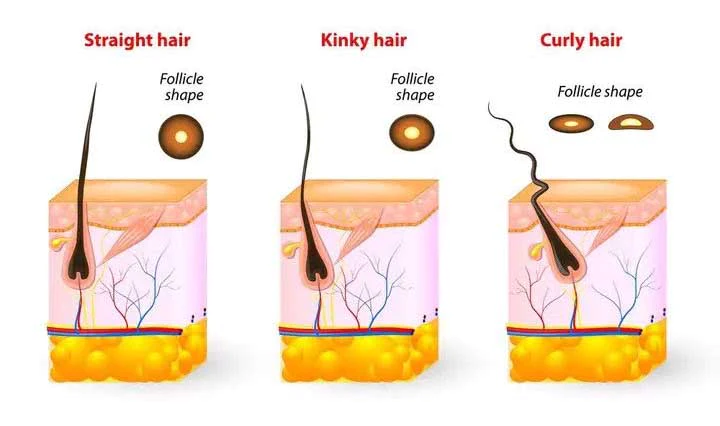Curly hair has long been admired for its unique texture and enviable bounce. But have you ever wondered why some people are blessed with naturally curly tresses while others are left to envy from afar? Genetics holds the key to the answer. We will delve into the intricate science behind curly hair, ununravelinghe secrets hidden within our genes. Get ready to embark on a journey through DNA strands and dominant traits as we explore the genetics of curly hair like never before.
The Basics of Genetics and Dominant Traits
Genetics is a fascinating field that helps us understand why we inherit certain traits from our parents. When it comes to hair, the genetics behind curly locks can be quite complex. To grasp the basics of how these genetic traits are passed down, let’s dive into the world of dominant and recessive genes. Traits are determined by genes, which are segments of DNA found on chromosomes. We inherit one copy of each gene from each parent, resulting in pairs known as alleles. Alleles can be either dominant or recessive – dominant alleles will always show their effect, while recessive alleles need two copies to manifest. In the case of curly hair, there isn’t just one gene responsible for its formation.
Understanding the Genetic Makeup of Curly Hair
Curly hair is a beautiful and unique trait influenced by our genetics. But what exactly determines whether someone will have straight, wavy, or curly locks? It all comes down to the genetic makeup of their hair follicles. At the root of each hair follicle are cells called keratinocytes, which produce a protein called keratin. This protein is responsible for giving hair its strength and structure. In individuals with curly hair, there are specific genes that control how much keratin is produced and how it interacts with other proteins in the hair shaft.
Influencing Factors on Curl Pattern
One major factor is humidity. Curly hair tends to frizz and expand in humid conditions due to the increased moisture in the air. On the other hand, dry climates can cause curly hair to become more defined and springy. Another influencing factor is the hair care routine. The products you use, how often you wash your hair, and even how you style it can all impact your curl pattern. For example, using heavy oils or products with alcohol can weigh down curls and make them appear less defined. Heat styling tools like flat irons or curling wands can also alter your natural curl pattern temporarily or permanently if used frequently without proper heat protection.
Common Misconceptions About Curly Hair Genetics
Curly hair has long been a subject of fascination and curiosity. However, there are several misconceptions surrounding the genetics of curly hair that need to be addressed.
First misconception: Curly hair is only inherited from one parent. This is not entirely true. While it is more likely for someone with curly-haired parents to have curly hair themselves, individuals with straight-haired parents can have naturally curly locks.
Another myth: All curly hair types are the same genetically. In reality, different genes can contribute to the texture and pattern of curls. Some people may have loose waves, while others may have tight coils – it all depends on their unique genetic makeup.
How to Care for Your Curly Hair Based on Your Genetics
Caring for your curly hair can be a personalized journey, and understanding the role that genetics plays is essential. By embracing your genetic makeup, you can tailor your hair care routine to suit your unique curl pattern. If you have type 2 curls characterized by loose waves, it’s important to focus on hydration and maintaining definition. Use lightweight products that enhance your natural wave while providing moisture. Avoid heavy styling creams or gels that may weigh down your curls. For those with type 3 curls, which are tighter and more defined, moisture is key. Look for hydrating shampoos and conditioners designed specifically for curly hair. Experiment with styling techniques such as finger coiling or twist-outs to enhance curl definition. Type 4 curls are the tightest and often require extra care to prevent dryness and breakage. Deep conditioning treatments are crucial in keeping these coils hydrated and healthy. Protective styles like braids or twists can help retain moisture and reduce manipulation.




